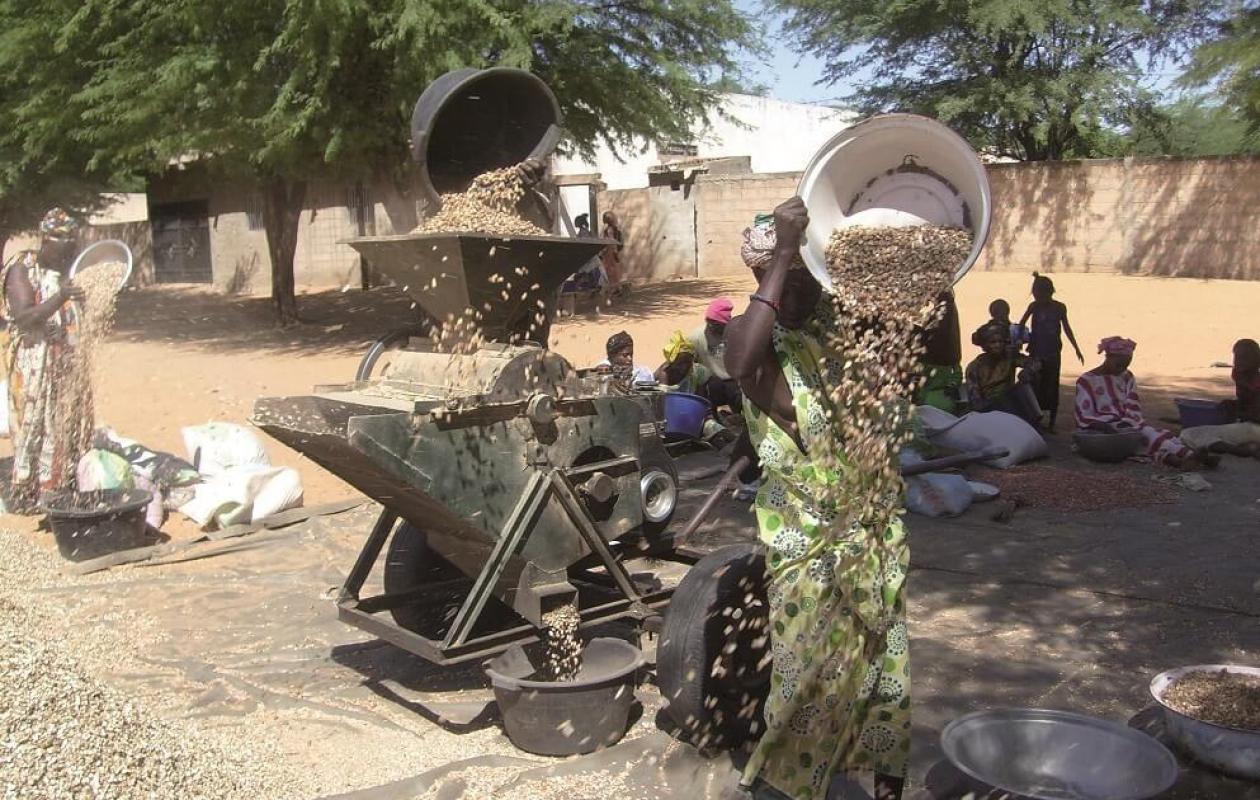
Saint-Louis : le projet Biostar révolutionne l’autonomie énergétique des PME agroalimentaires grâce aux bioénergies
Faced with energy challenges that still hinder the competitiveness of local rice and impede the development of rice paddies, a major innovation has just been successfully tested in northern Senegal. This is a renewable electricity production plant powered by rice husks, a residue from the husking process. Installed at the DB Foods SME in Thilène, in the municipality of Rosso Béthio (Dagana department), this technology is part of the Biostar project, which aims to sustainably transform the energy landscape of small and medium-sized agri-food enterprises (SMEs) in West Africa.
For many processing plants, energy costs remain a major obstacle to competitiveness. Between high costs and frequent power outages, SMEs often struggle to secure their energy supply. The Biostar project offers a concrete solution: utilizing agricultural waste to produce electricity, heat, or steam, depending on the needs.
Project coordinator Joël Blin, a researcher at the International Center for Agricultural Research for Development (CIRAD), explains that the ambition is to "make producers energy self-sufficient by enabling them to transform their own waste into energy."
According to him, the program covers five key sectors: cashew, peanut, shea, mango and rice, all heavily dependent on stable and accessible energy to ensure the processing of agricultural products.
Around twenty pilot SMEs and adapted technologies
Biostar is currently working with around twenty pilot SMEs spread across the various countries where it operates. The project relies both on locally manufactured technologies, particularly for the peanut and shea sectors, and on imported solutions when these offer better yields.
This is precisely the case in Thilène, where a gasification technology imported from Cambodia was installed in December 2024. This system makes it possible to produce electricity from rice husks, previously considered simply a bulky waste product. "The goal is to demonstrate that these solutions work in the field, with technologies adapted to the actual needs of the units," emphasizes Joël Blin.
A major environmental impact
Beyond cost reduction and improved competitiveness, the environmental dimension is central to the project. By replacing grid electricity, often produced from thermal power plants, with renewable energy derived from agricultural residue, Biostar directly contributes to reducing greenhouse gas emissions.
The gasification process also offers another advantage: the production of biochar. This by-product, similar to charcoal, is known for its beneficial effects on soils. Used as a soil amendment, it improves carbon content, promotes water retention, and contributes to better plant growth. Thus, the technology not only makes it possible to replace fuel oil but also to offer a sustainable alternative to fossil-based agricultural inputs.
Towards a model that can be replicated throughout the sub-region
With the success of this installation in Saint-Louis, the Biostar project demonstrates that a model of local energy self-sufficiency is not only possible, but also profitable and environmentally friendly. The initial results suggest a profound transformation of energy practices in agri-food SMEs, particularly in rural areas where the needs are most acute.
If this model becomes widespread, it could become a real lever for competitiveness for agricultural value chains in West Africa, while contributing to more sustainable and resilient development in the face of energy crises.
Commentaires (3)
ON ENVOIE DES SATELLITES EN ORBITE MAIS…..
Ce geste que les deux femmes font, je croyais qu’il avait disparu depuis longtemps. Maintenant, il y a des machines qui font le boulot à notre place et qui nous évite d’inhaler des particules nocives. Quand est-ce qu’on va décharger les femmes de tâches pénibles ?
"qui nous évitent d'inhaler..."
Un bon point
Participer à la Discussion